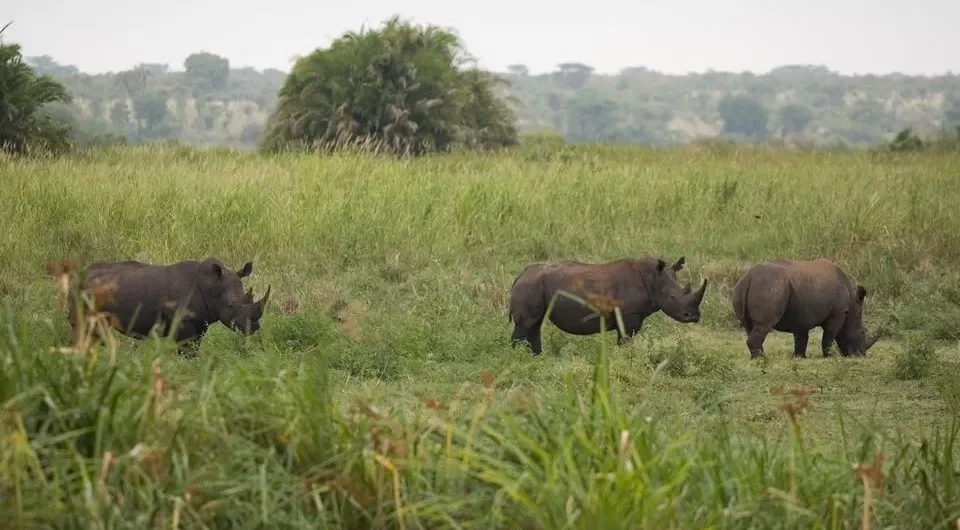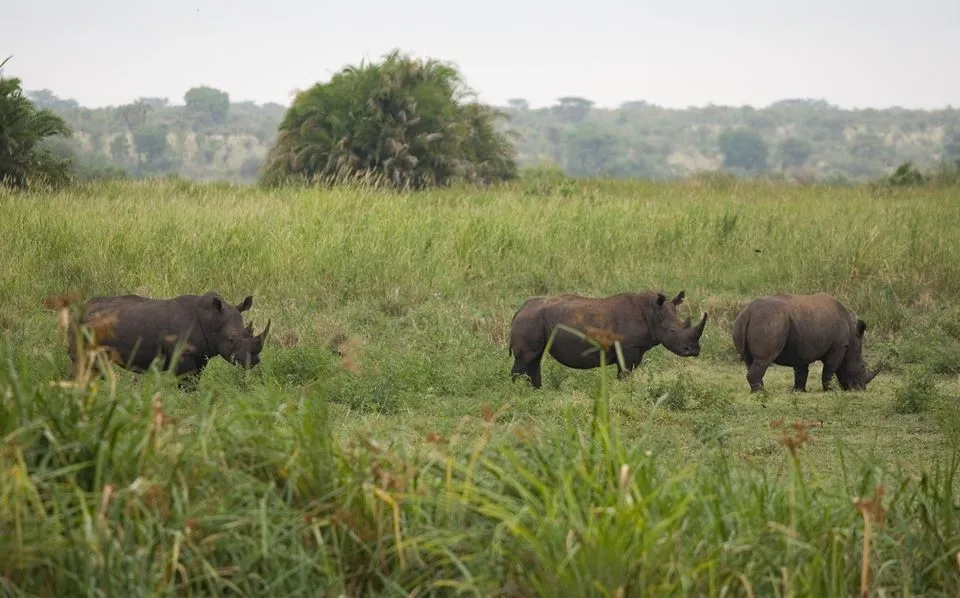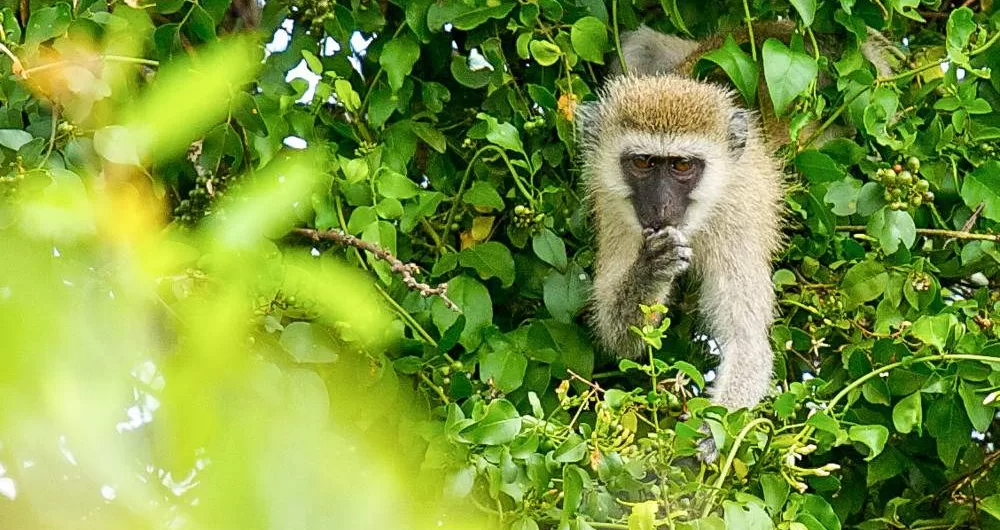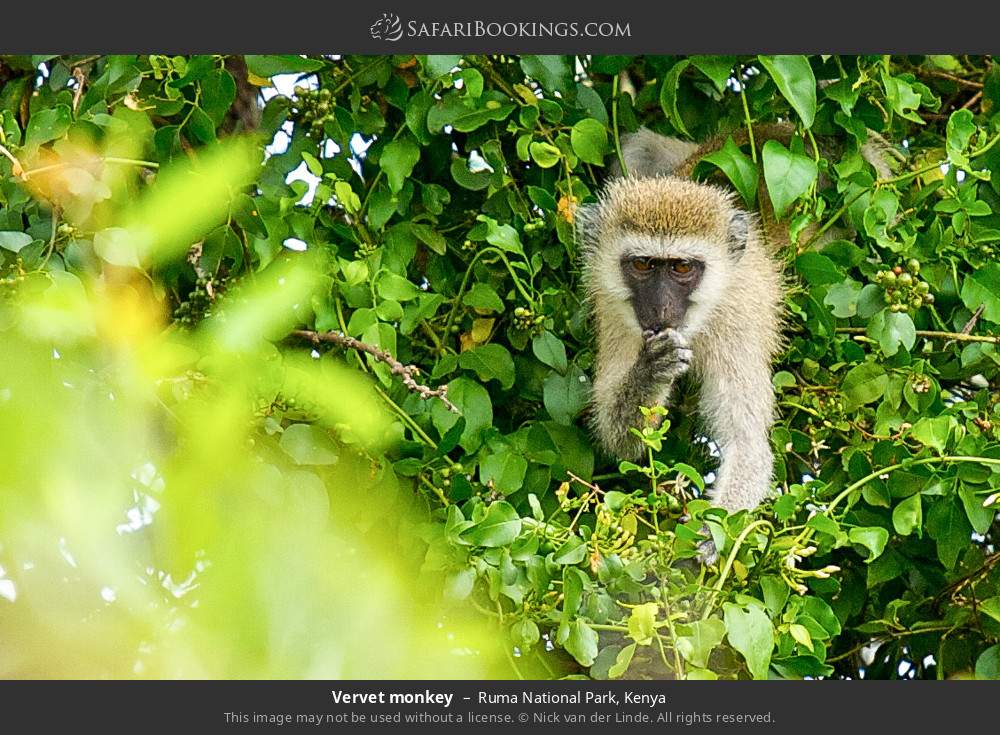About Shimba Hills National Reserve
Shimba Hills National Reserve is a protected area located in the Coastal region of Kenya, about 33 km south-west of Mombasa city. The reserve covers an area of 192 square kilometers and is managed by the Kenya Wildlife Service.
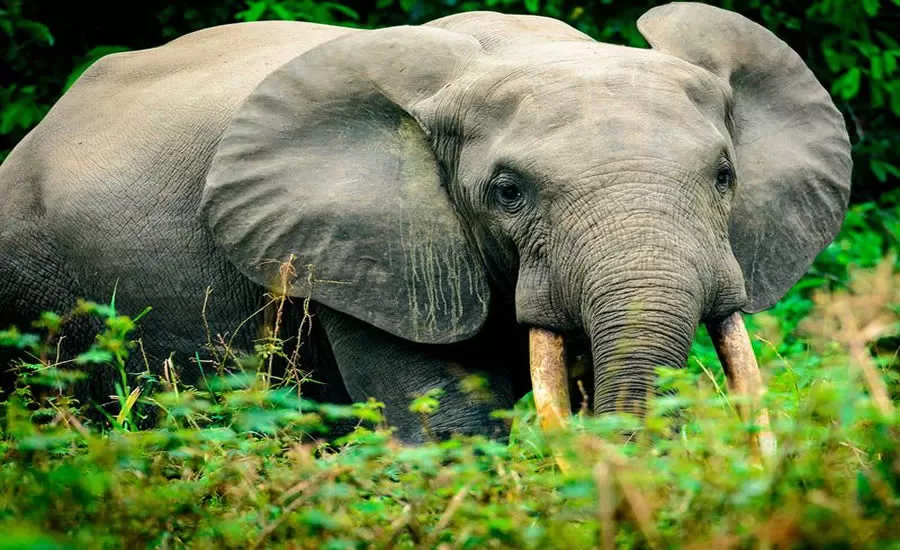
The reserve is characterized by rolling hills, forests, grasslands, and valleys. It is home to a wide variety of wildlife, including elephants, giraffes, buffalos, antelopes, baboons, and various species of primates. The reserve is also a birdwatcher’s paradise, with over 200 species of birds recorded in the area.
The endangered Sable antelope is present in Shimba Hills National Reserve, which is one of the few places in East Africa where it can be found. Additionally, the reserve harbors a significant number of rare and endemic plant species, including the Shimba cedar. This tree is one of the largest and oldest in Africa and is exclusive to the reserve.
Visitors to the reserve can engage in activities such as game drives, guided nature walks, and bird watching. The reserve also has several hiking trails, including one that leads to the Sheldrick Falls, a picturesque waterfall that is popular with visitors.
Overall, Shimba Hills National Reserve is a unique and important conservation area that offers visitors the opportunity to experience Kenya’s rich biodiversity and natural beauty.
To get to Shimba Hills National Reserve
- By Air: The nearest airport to Shimba Hills is Moi International Airport in Mombasa. From the airport, you can either take a taxi or a private transfer to the reserve. The journey takes about 45 minutes.
- By Road: If you are traveling from Mombasa, take the Likoni-Lunga Lunga road to Kwale town. From Kwale town, take the Shimba Hills road and follow the signs to the reserve. The journey takes about 45 minutes to an hour.
- Public Transport: If you are on a budget, you can take a matatu (shared taxi) from Mombasa to Kwale town, and then take another matatu from Kwale to Shimba Hills. Alternatively, you can take a bus from Mombasa to Kwale and then take a taxi or boda boda (motorbike taxi) to Shimba Hills.
Wildlife
Shimba Hills National Reserve is a protected area located in Kwale County, Kenya. It is a beautiful and unique ecosystem that is home to a wide variety of wildlife. they are as follows
- Elephants.
- Sable antelope.
- Giraffes.
- Buffalo.
- Leopards.
- Monkeys.
- Warthogs
- Bushbucks.
- Hyenas.
- Birdlife.
Overall, the wildlife at Shimba Hills National Reserve is diverse and fascinating. Visitors to the reserve are sure to have an unforgettable experience.

